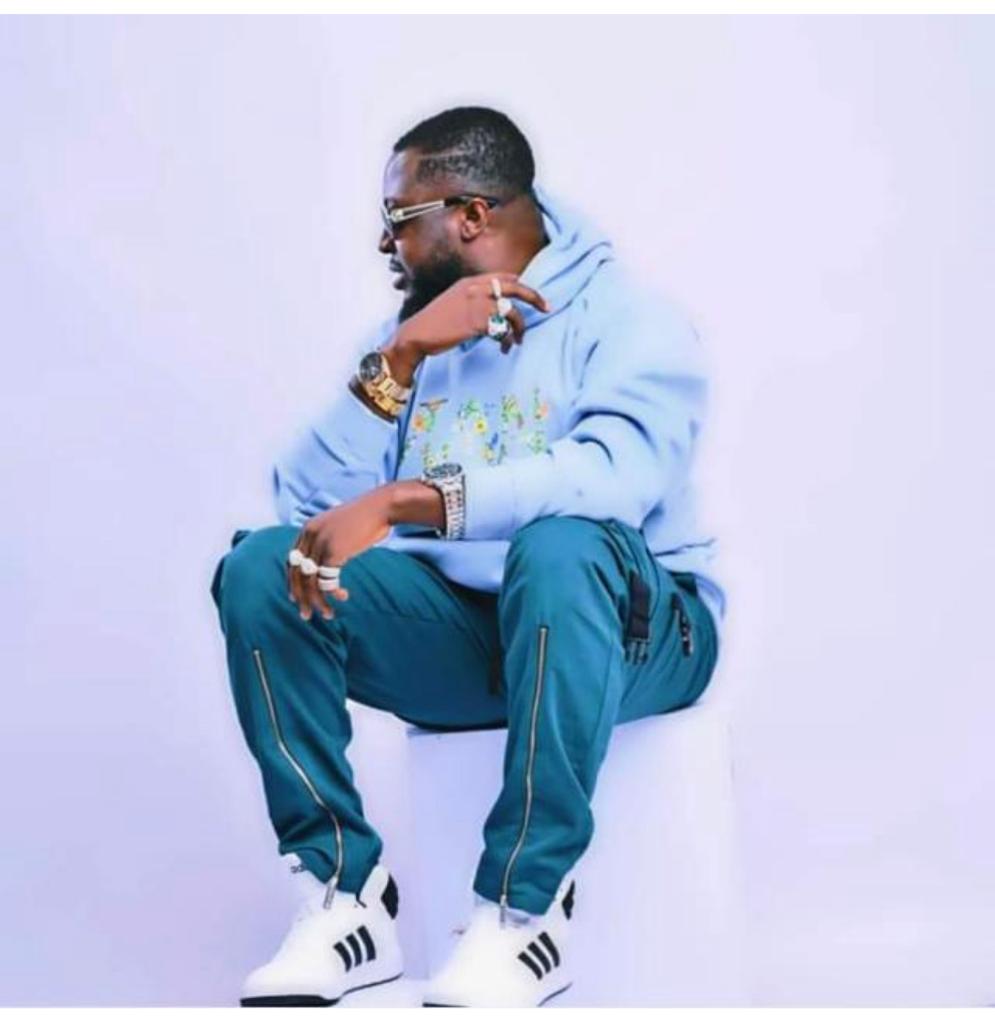

Stephen Miller has a long history of controversy, and he's become a key policy driver in the Trump White House, playing a major role in shutdown negotiations.
Now that Steve Bannon has left, perhaps one of the most polarizing figures in President Donald Trump's White House is senior policy adviser Stephen Miller.
At 32-years-old, he's been a rising star on the far right for years, making headlines precisely because of his controversial demeanor and statements.
Miller's importance in Washington, DC politics has grown even further as he emerged as a key player in talks to end the government shutdown, effectively serving as Trump's surrogate for crafting the White House position on immigration policy.
His hardline positions and knack for policy have made him a force to be reckoned with. But before Miller became a major figure in the Trump administration, he was an outspoken, conservative activist in high school and college, and worked on Congressional campaigns.
Here's how Miller became Trump's right-hand policy man:
Stephen Miller was born in Santa Monica, California on August 23, 1985 to a Jewish family whose ancestors fled persecution in what is now Belarus. His family was liberal-leaning, but Miller says he became a stalwart conservative at an early age.
Source: The Hollywood Reporter
In 2002 at age 16, Miller wrote in a letter to the editor that "Osama Bin Laden would feel very welcome at Santa Monica High School" because of the student body's anti-war attitude after 9/11. Soon enough, Miller began appearing on conservative talk radio in the LA area.
Sources: The LookOut, Univision, Politico Magazine
A video emerged in 2017 of him giving a student government campaign speech at Santa Monica High in which he argued that students shouldn't have to pick up their own trash because there are "plenty of janitors who are paid to do it" for them. The audience quickly booed him off the stage.
Sources: The Washington Post, Politico Magazine
Miller went on to attend Duke University, where he continued to garner controversy as a prominent conservative ideologue. He appeared on CNN and "The O'Reilly Factor" to defend Duke lacrosse players accused of rape, and sparred with the university's Chicano alliance.
Sources: The Duke Chronicle, Vanity Fair, New Yorker
At Duke, Miller interacted with white nationalist Richard Spencer. While Spencer claimed he had mentored Miller during their time at the university, Miller has denied these claims, saying he merely helped him raise money for an immigration debate.
Source: Mother Jones
After graduating with a political science degree in 2007, Miller went to work as a spokesman for conservative Reps. Michele Bachmann of Minnesota and John Shadegg of Arizona.
Sources: Politico Magazine, Vanity Fair
In 2009, he began working for then-senator and future attorney general Jeff Sessions as a policy adviser and communications director.
Sources: Politico Magazine, Vanity Fair
In 2013, the pair led the charge against a bipartisan bill that would have created a path to citizenship for all undocumented immigrants in the US.
Sources: Politico Magazine, Vanity Fair
Alongside Sessions, Miller formulated what he termed "nation-state populism," and helped other congressmen carry out electoral victories. During this period, he also grew close to Fox News host Tucker Carlson, frequently working with his publication "The Daily Caller."
Source: Politico Magazine
Miller joined the Trump campaign in January 2016 as a senior policy adviser.
Sources: Politico Magazine, Washington Post
He quickly cemented his position on the campaign team by writing speeches for Trump and often speaking at rallies himself. He was later appointed to Trump's economic policy team.
Sources: Politico Magazine, Washington Post
Throughout the campaign, Miller also grew close with future White House chief strategist Steve Bannon. Miller later invited a host of editors and writers from Breitbart News, which Bannon once headed, for a discussion on immigration at the White House.
Sources: Politico, The Washington Post
After sitting on Trump's transition team, Miller was formally appointed to Trump's policy team in January 2017.
Source: Politico
In his early days in the White House, Miller played a part in enacting Trump's travel ban, restricting immigration and refugee resettlement, and cracking down on sanctuary cities. He also lashed out at courts for blocking elements of these policies.
Sources: Politico, Vanity Fair
He has also helped write some of Trump's biggest speeches, including his inaugural address, and the keynote he gave at the Republican National Convention in July 2016.
Sources: Politico, The Duke Chronicle
In August 2017, he had a combative exchange with CNN correspondent Jim Acosta at a press conference on limiting immigration and eliminating the visa lottery program. Their back-and-forth on — among other things — the Statue of Liberty, went viral.
Source: Business Insider
Miller had another contentious moment on national television when CNN host Jake Tapper interviewed him in January 2018. Tapper challenged him on a variety of issues, ended the interview early, and security had to escort Miller out of the studio.
Source: Business Insider
During the recent government shutdown negotiations, Miller's important role in crafting White House policy was widely acknowledged, but his intractability was also met with criticism.
Source: Politico
"As long as Stephen Miller is in charge of negotiating immigration, we are going nowhere," Sen. Lindsey Graham said.
Source: Politico
Miller has so far made a name for himself first as a controversial provocateur, and now as a right-wing policy wonk.
As someone has been vocally pursuing his conservative agenda ever since his teens, there are no signs that Stephen Miller is stopping anytime soon.
Stephen Miller has a long history of controversy, and he's become a key policy driver in the Trump White House, playing a major role in shutdown negotiations. Read Full Story























Facebook
Twitter
Pinterest
Instagram
Google+
YouTube
LinkedIn
RSS